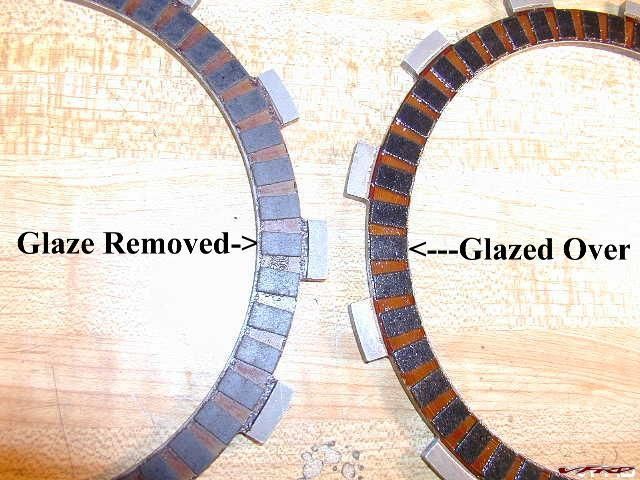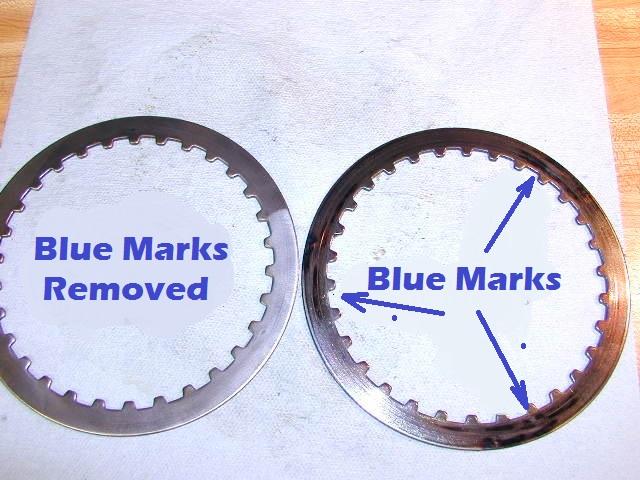Blackstone Labs data addresses your concerns about film strength...but that's not true at all when talking about the required film thickness between moving parts to give adequate lubrication.
The Importance of Viscosity?
Quote Blackstone Labs
The viscosity, or thickness of the oil, is not nearly as important
as many people think. Oil retains its nature no matter what thickness
it is.Think about this: automakers are continually recommending
lighter multi-grade oil in new engines. The reason is increased
efficiency. It takes power to pump oil through an engine, and the
lighter the oil, the less power required to pump it. The oil’s ability
to act like a solid and protect parts is not related to its thickness.
If that doesn’t sound quite right, consider this: The gears in a
heavy duty Allison automatic transmission are doing the same work as
the same machine equipped with an Eaton manual transmission. Due to
the hydraulics of the automatic, it runs on a 10W automatic
transmission oil.But the manual transmission uses a very thick
(sometimes up to 90W)gear lube oil. The gears of both types of
transmissions will have a similar life span. We don’t find any
significant differences in wear, regardless of oil thickness.
Last edited:


